TRIBES


TRIBES
November 13th, 2023
The Guarasu’we are human beings, of Bolivian nationality; although Bolivia forgot about them, they lived apart from civilization in the jungles of the Bolivian east, and despite that, they have been its victims. It is the obligation of every Bolivian to know the history of these people, as we all share the guilt of their extinction» (Jürgen Riester, 1978),
This is a journey through time, through the curious gaze of Jürgen Riester (+2019), whose expeditions in the 1960s marked him forever and created in him a commitment to the defense of the rights of the indigenous peoples of lowland Bolivia.
A photo report that brings to life the few images that reveal the way of life and organization of that time of what is now the Guarasu’we nation, a borderless people who have been here before what we now call Bolivia.
Currently, the Guarasu’we people are experiencing a cultural resurgence, working to resist the forgetfulness of their language and prevent it from dying in silence. These photographic memories are a legacy of Riester’s sensitive work that transformed his encounters into lasting relationships with indigenous peoples, supporting them in making their cultures, autonomies, and ways of life visible and respected, from which we can all learn.
This story is produced and published with financial support from the Google News Initiative News Equity Fund.
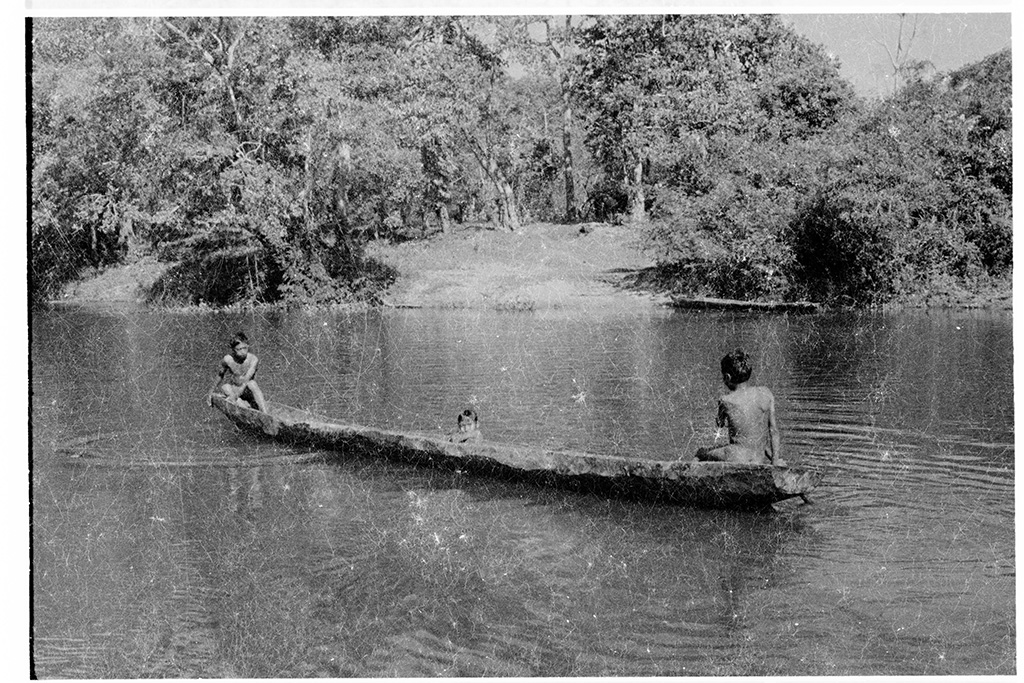
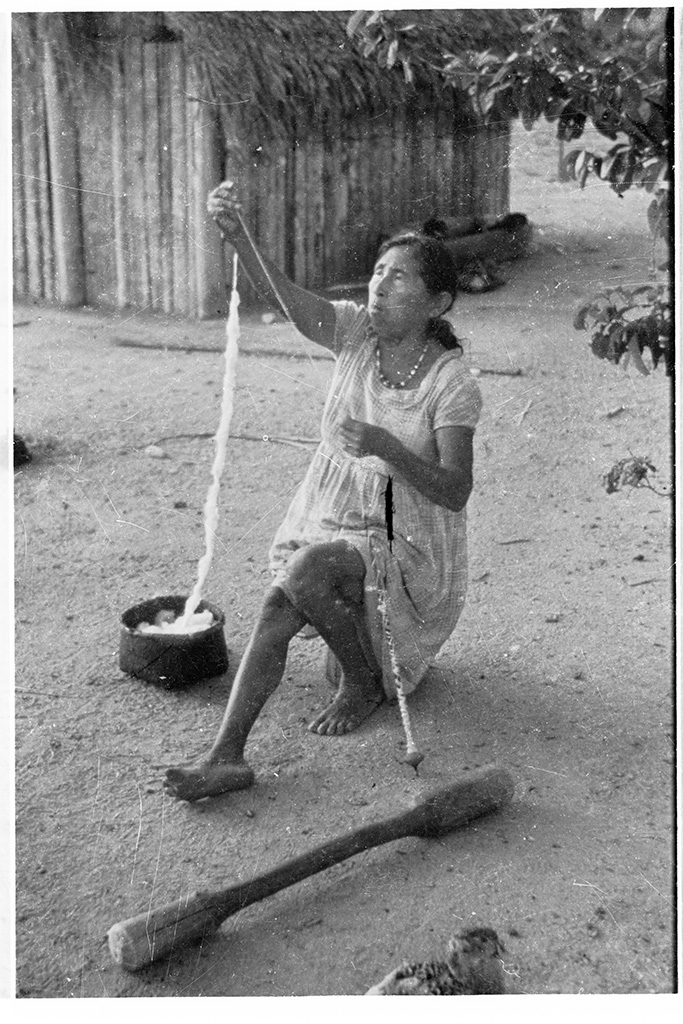
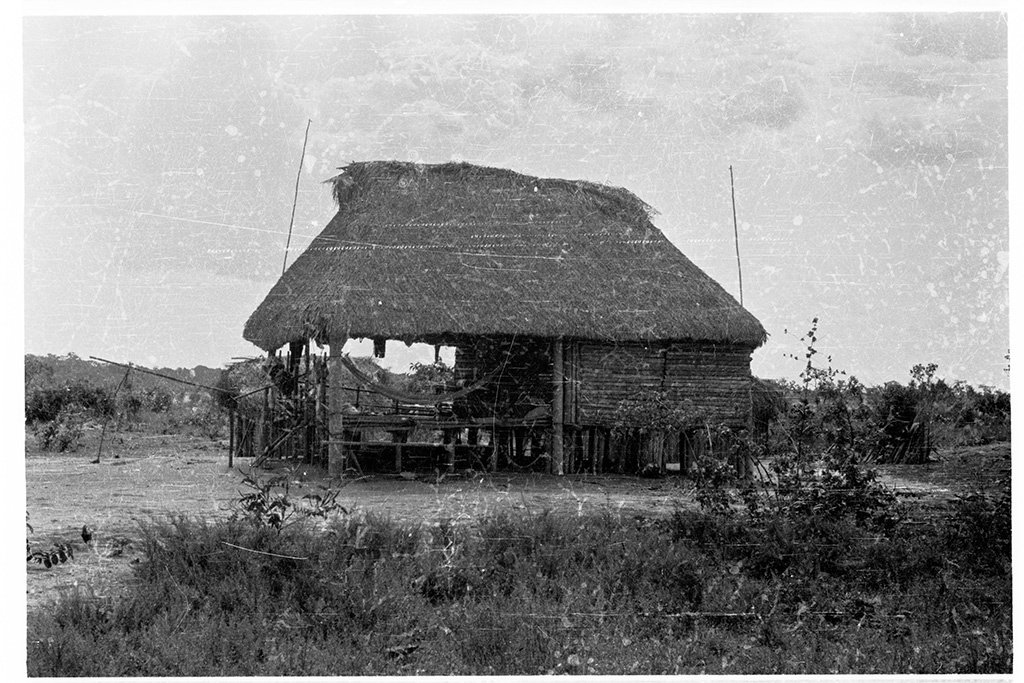
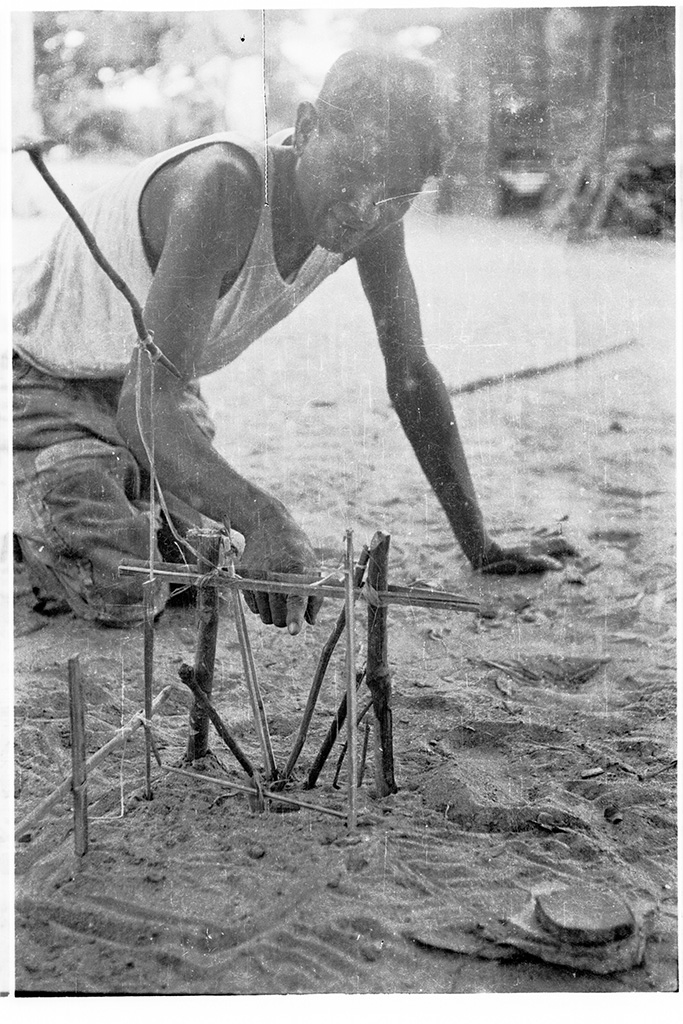
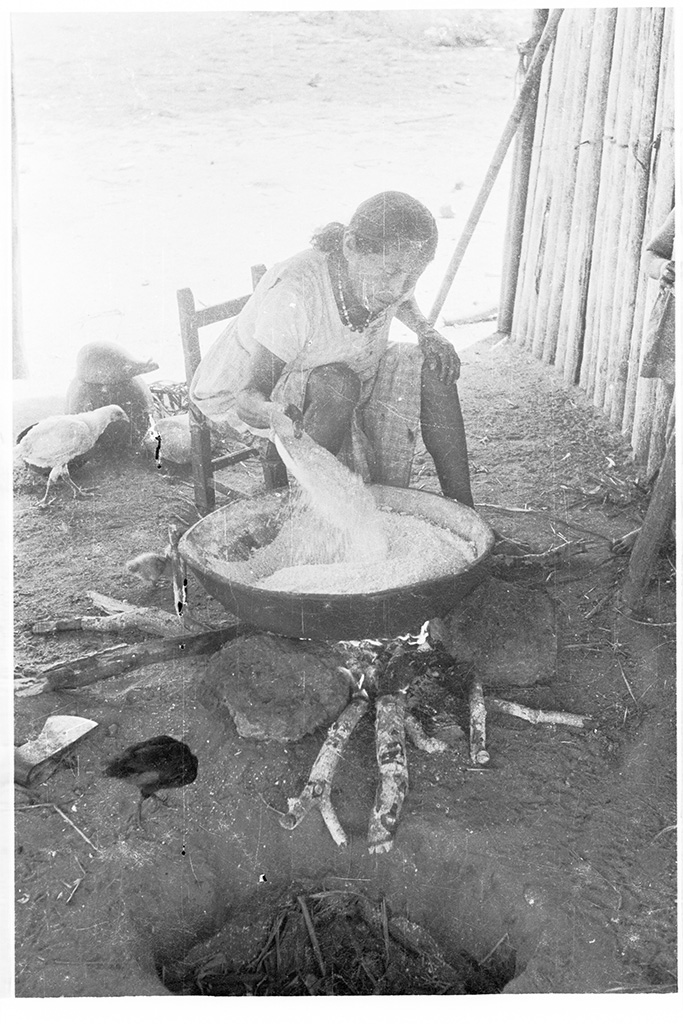
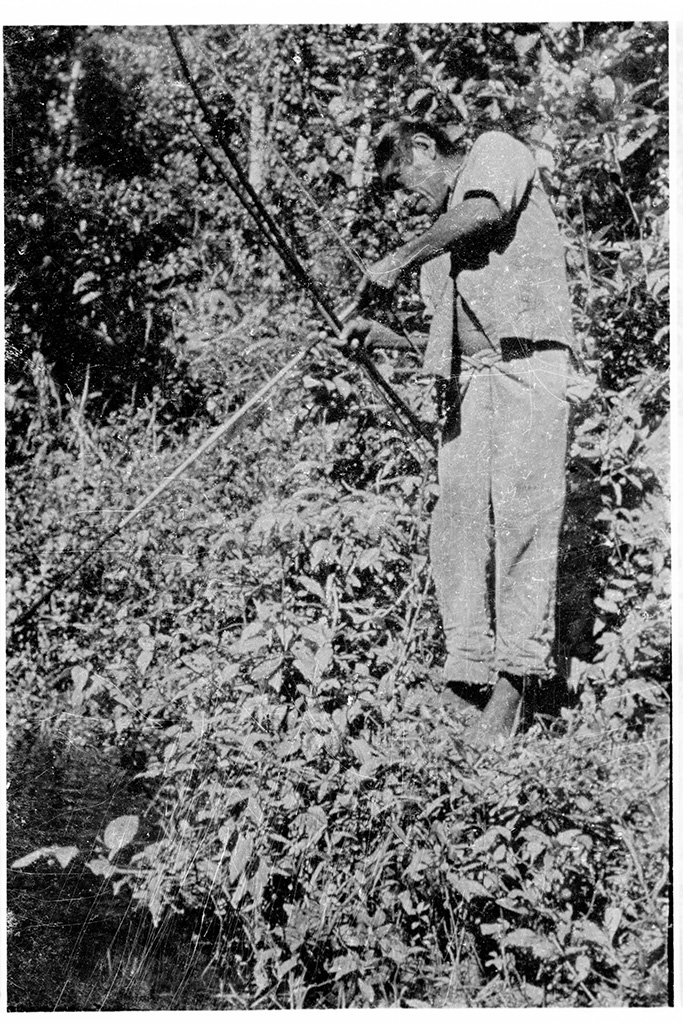
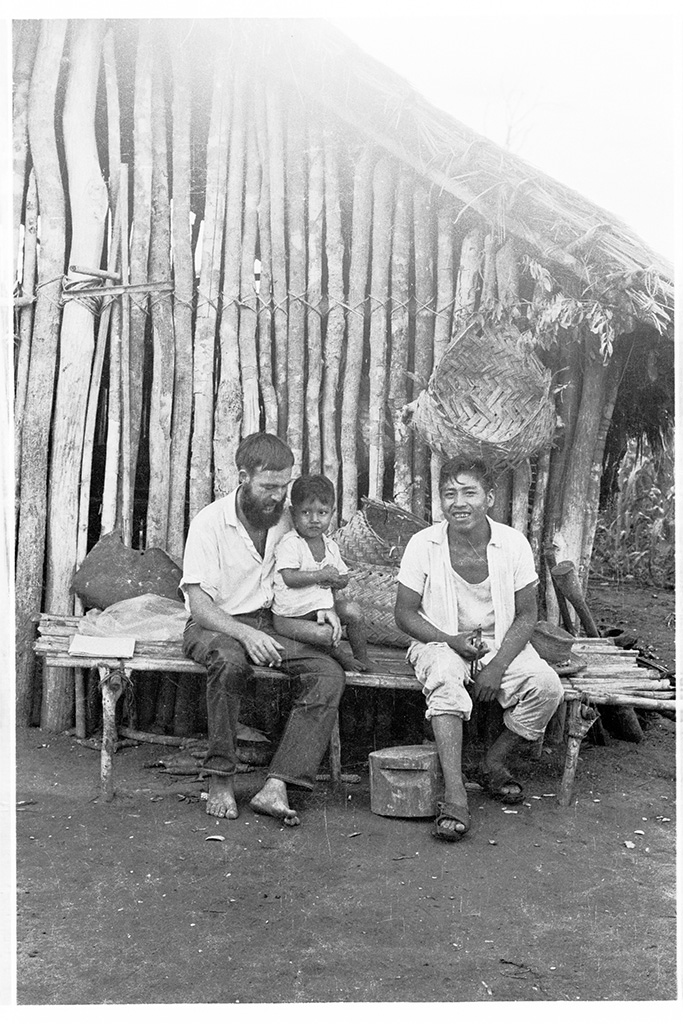
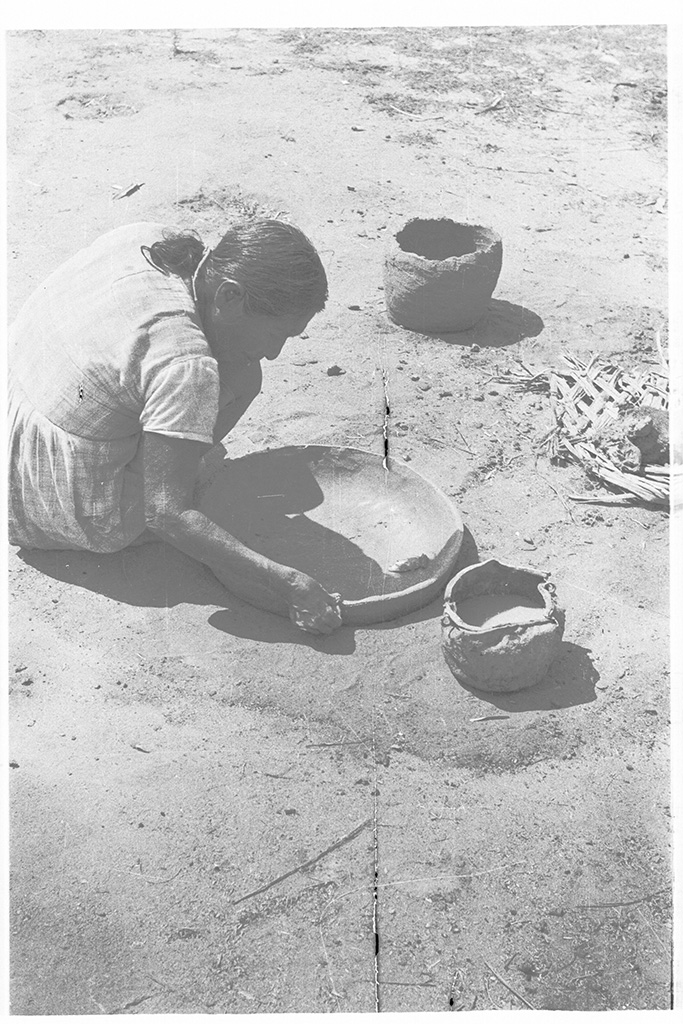
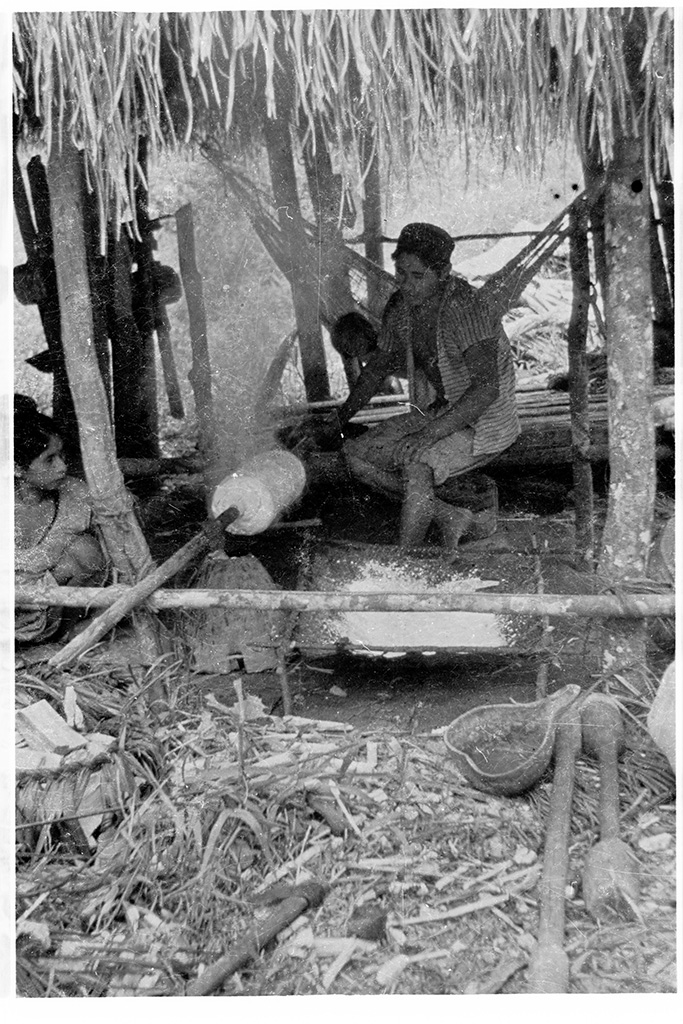
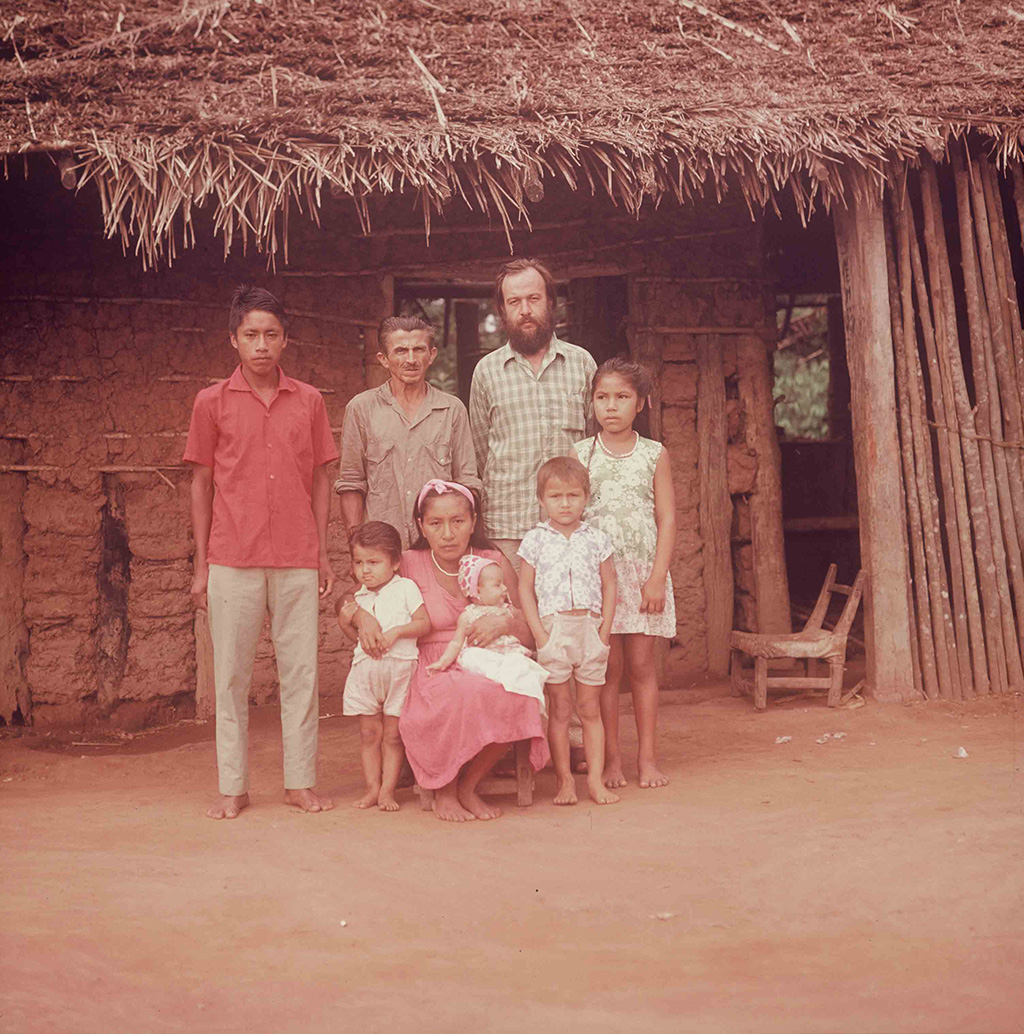
Photo credits: Jürgen Riester – Guarasugu’we People Photographic Collection from the Jürgen Riester Archive and Library.
Thanks to APCOB (Support for the Peasant-Indigenous of Eastern Bolivia) for the photographs.
Te contamos desde el interior de los escenarios de la realidad, iluminados por el faro de la agenda propia, el texto bien labrado y la riqueza poética del audiovisual y de la narrativa sonora, combinaciones perfectas para sentir el corazón del medioambiente y de los anónimos del Planeta.
